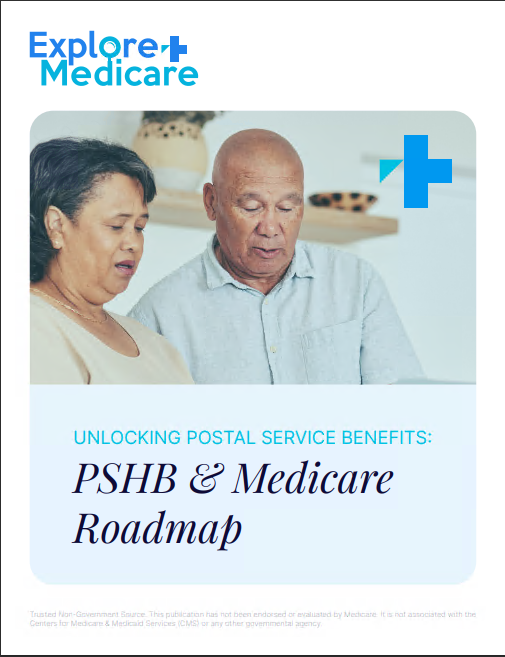Key Takeaways
-
Medicare plans change every year, and your needs might change too. Reviewing your plan ensures you’re not overpaying or missing out on benefits.
-
Life events like retirement, new medical conditions, or changes in medication costs can be signs that your current coverage no longer fits.
Your Healthcare Needs Have Changed
Medicare isn’t one-size-fits-all, and what worked last year might not be the best option for 2025. If you’ve been diagnosed with a new medical condition or need more frequent care, your current plan might not offer the coverage you now require. Some signs that your healthcare needs have changed include:
-
More frequent doctor visits or specialist care
-
A new diagnosis requiring ongoing treatment
-
A need for additional preventive services or screenings
Review your current plan’s benefits and compare them with your anticipated healthcare needs to determine if an adjustment is necessary.
Your Prescription Drug Costs Have Increased
Medications can be one of the biggest expenses in retirement. Medicare Part D plans change their formularies annually, meaning the list of covered drugs and their costs might be different from last year. You might need a new plan if:
-
Your medication is no longer covered or has moved to a higher cost tier
-
You’ve started a new prescription that isn’t well-covered by your current plan
-
Your out-of-pocket drug costs have increased significantly
Switching to a plan with better drug coverage can help keep these costs under control.
Your Plan’s Costs Have Gone Up
Medicare plans adjust their premiums, deductibles, and copayments every year. Even if your plan still covers everything you need, it might be costing you more than it should. Look for these signs:
-
Higher monthly premiums
-
Increased out-of-pocket costs like copayments and coinsurance
-
A higher annual deductible
If your total costs have risen significantly, comparing other plans can help you find a more budget-friendly option.
Your Plan’s Provider Network Has Changed
Medicare Advantage and Part D plans have provider networks that may change from year to year. If your doctors, hospitals, or specialists are no longer in-network, you might face higher costs or need to switch providers. Signs that your network has changed include:
-
Your primary care doctor is no longer in-network
-
The hospital or specialist you prefer is no longer covered
-
Fewer available providers in your area
Checking your plan’s provider directory can help you decide if it’s time to make a change.
You’re Planning to Move
If you’re relocating in 2025, your current Medicare plan might not be available in your new location. Some things to consider:
-
Original Medicare (Parts A and B) is available nationwide, but Medicare Advantage and Part D plans vary by region.
-
Your new location might have different plan options with better coverage or lower costs.
-
If you move to another state, you might need to select an entirely new plan.
A move is a great time to reassess your Medicare coverage and ensure you’re enrolled in the best plan for your new situation.
You Want More Coverage for Dental, Vision, or Hearing Care
Original Medicare doesn’t cover routine dental, vision, or hearing care. Some Medicare Advantage plans offer these benefits, but they can vary significantly. If you find yourself paying out-of-pocket for these services, consider switching to a plan that includes:
-
Dental cleanings, exams, and dentures
-
Vision exams, glasses, or contact lenses
-
Hearing exams and hearing aids
Ensuring you have access to these benefits can make a significant difference in your overall healthcare expenses.
You’re Not Satisfied with Your Current Plan
Beyond cost and coverage, overall satisfaction with your plan is just as important. If you’ve encountered issues such as:
-
Difficulty reaching customer service
-
Problems with claim approvals or reimbursements
-
Unexpected denials for services or medications
It might be time to explore other Medicare options. A plan that offers better service and fewer hassles can improve your healthcare experience.
Making the Right Changes for 2025
If any of these signs apply to you, reviewing your Medicare options during the annual enrollment period (October to December) can help ensure you have the right coverage for 2025. Medicare rules allow changes under certain conditions:
-
Medicare Annual Enrollment Period (AEP): October 15 to December 7, when you can switch Medicare Advantage or Part D plans.
-
Medicare Advantage Open Enrollment: January 1 to March 31, allowing you to switch Medicare Advantage plans or return to Original Medicare.
-
Special Enrollment Periods (SEPs): Available in certain life events, like moving or losing employer coverage.
Finding the Best Plan for Your Needs
Medicare decisions can be complex, and making a change isn’t always straightforward. If you’re unsure about the best move for 2025, speaking with a licensed agent listed on this website can provide the guidance you need to make an informed decision.









